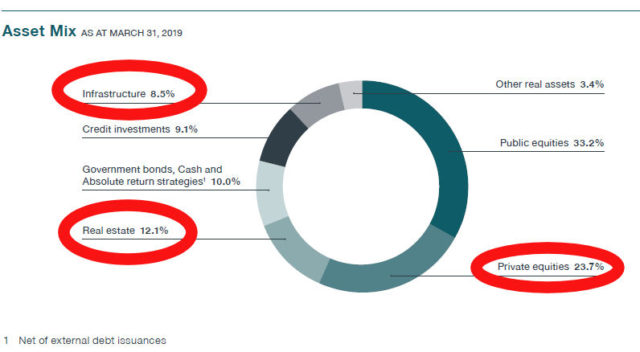Did I mention that Western Canadian Select is trading at under US$10/barrel right now?
Only the most solvent are going to survive this, but pick the right survivors at the right time (likely nearing the end of this year or perhaps the beginning of 2021) and when US shale supply finally starts dropping to the point where light oil exports start to decline, it bodes fairly well for Canadian heavy oil to be imported into the USA, even with an oil-hostile administration such as the Liberals.
Heaven forbid, if Trans Mountain ever gets constructed (don’t hold your breath), there will be even more of a bounce. Keystone and Enbridge Line 3 will be providing a larger pipe to US heavy oil refineries, and if TransMountain is finished, then that will allow for another competitive outlet.
But for now, there is still too much US domestic supply, especially since demand is in the dumpster. The shale producers though will stop most capex, and there will be heavy declines.
Here’s another fun chart – US Gas Prices – Go to Sam’s Club (Walmart’s second-grade competitor to Costco) in Oklahoma and you’ll see them selling gas for US$0.99/gallon! I’ll save Canadians the currency and metric conversion – that’s CAD$0.37 per litre.
If I was on the retail side of things, if there was any mechanism where you can buy at retail your anticipated future level of gasoline expenditures for the next 20 years for 99 cents per US gallon, I’d be hedging at these prices. When that time is done, chances are electric vehicles will be much more prevalent.
May 2020 crude: US$23.07
December 2020: US$32.98
December 2021: US$37.07
December 2022: US$39.42
December 2023: US$41.10 ($1.40 bid-ask spread so midpoint price here).
